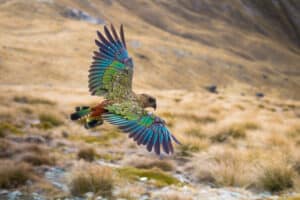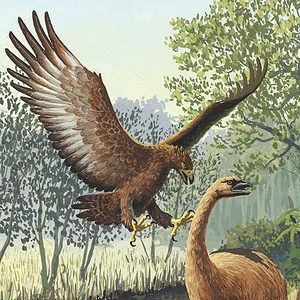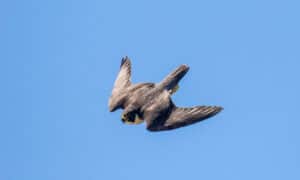Have you been wondering which owls are native to the state of Connecticut? Whether you’re an avid bird watcher or just someone who enjoys seeing owls, we’ve got you covered. Here are 10 species of owls that you can spot in Connecticut, ranked from rarest to most common!
1. Great Gray Owl
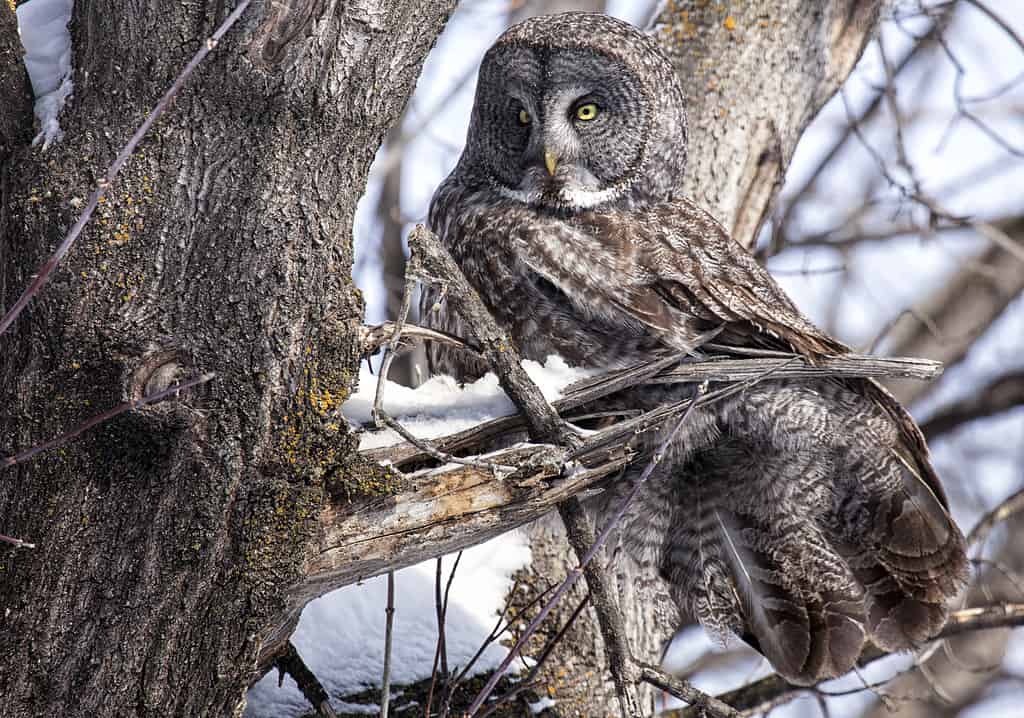
Great gray owls live for roughly 15 years in the wild, but many can live into their late 20s in captivity.
©Lynn_Bystrom/iStock via Getty Images
The rarest owl in the state of Connecticut is unarguably the great gray owl. Even though this bird is considered the world’s largest owl species, seeing one can be very challenging due to their elusive nature. They prefer to live in forested areas and hunt during the night. Because of this, seeing one during the day is a very uncommon and exciting experience.
2. Boreal Owl
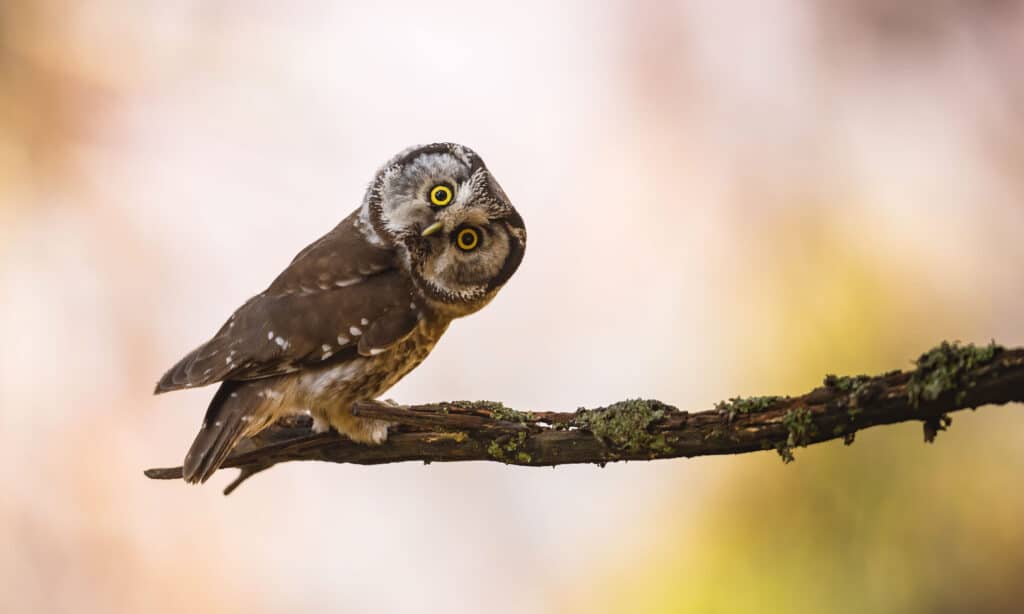
The diet of the boreal owl consists of small birds, rodents, and insects.
©WildMedia/Shutterstock.com
Although the boreal owl isn’t considered rare in many parts of the world, in Connecticut, this bird is an uncommon visitor. This owl prefers to live in places like the northwestern United States and Canada. They are a smaller species and only stand about 9 inches tall. In addition, they are nocturnal hunters, and their hours of peak activity are those in which we typically sleep.
3. Snowy Owl
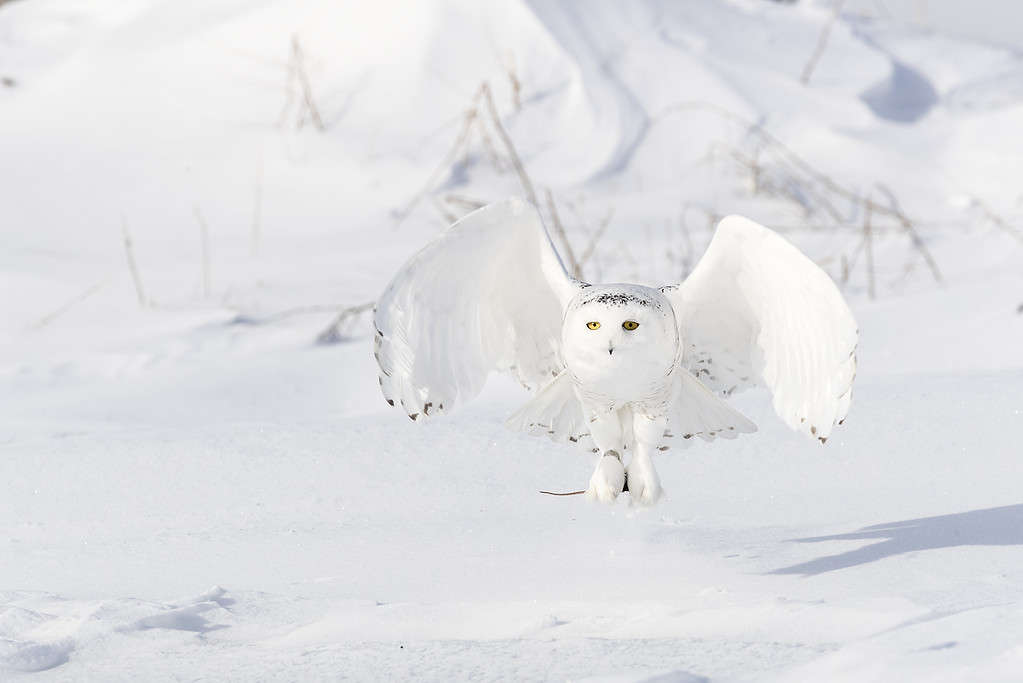
The feathers of the snowy owl are highly insulated, giving them protection from cold temperatures.
©Karyn Schiller/iStock via Getty Images
It’s quite a shame that the snowy owl is so difficult to spot because their stunning beauty is something everyone should be able to enjoy! This species is not native to Connecticut; they originate further up north. They tend to travel south in the winter when food sources become scarcer. Because of this, you are most likely to spot them between the months of November and March. Unlike other owls, snowy owls prefer to live outside of the forests. Try looking for them around beaches and other coastal areas.
4. Northern Saw-Whet Owl
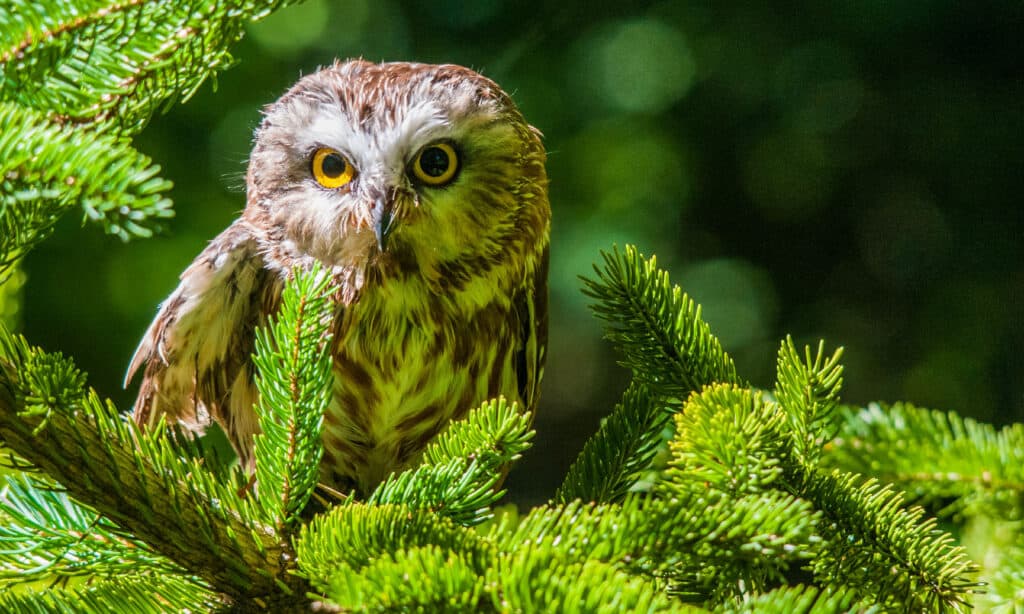
The northern saw-whet owl is one of the smallest owl species in the world.
©iStock.com/bookguy
According to the Connecticut Audobon Society, “Saw-whet owls are the smallest of our owls and weigh about as much as a robin.” Because of this, these owls are often preyed on by larger owl species, such as great horned and screech owls. Individuals who want to spot this owl in the wild might have difficulty doing so. The northern saw-whet owl prefers to reside in densely forested areas, which makes looking for one as challenging as finding a needle in a haystack.
5. Barn Owl
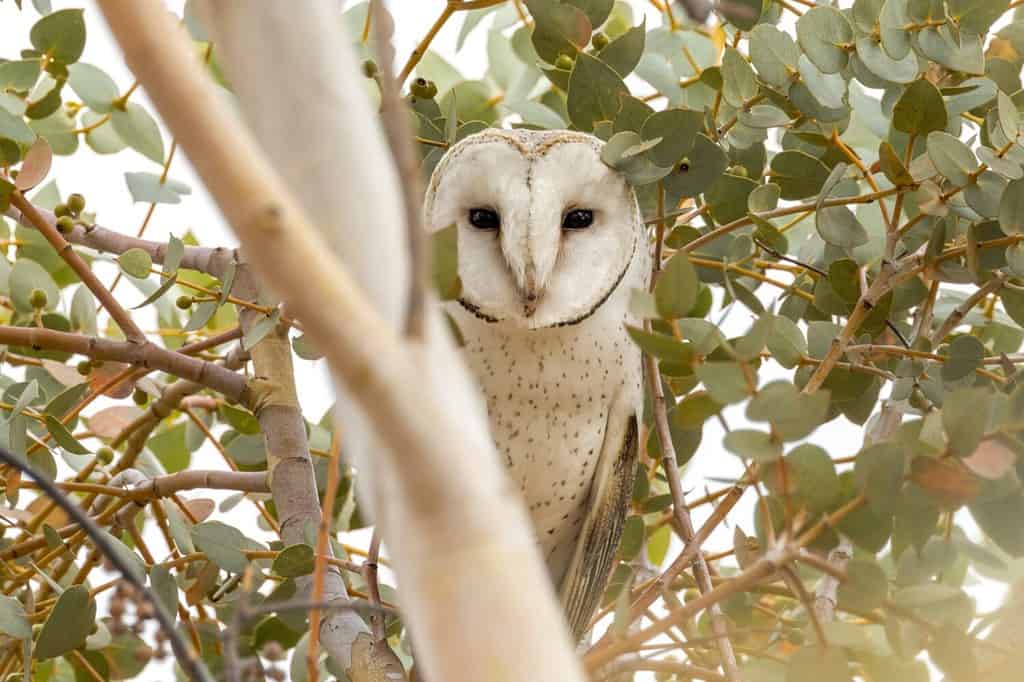
The barn owl is one of the most common bird species throughout the world.
©Imogen Warren/Shutterstock.com
Although the barn owl might be a common sight throughout much of the United States, seeing one in Connecticut may be a challenge. As the state urbanized, barn owls faced many difficulties. Collisions with moving vehicles are not uncommon, and many barn owls have ingested poison used to kill rodents which has affected their populations. Local farmers once used these birds as a natural form of pest control, but throughout the years, many farms have closed up, giving these birds fewer opportunities to breed and thrive.
6. Long-Eared Owl
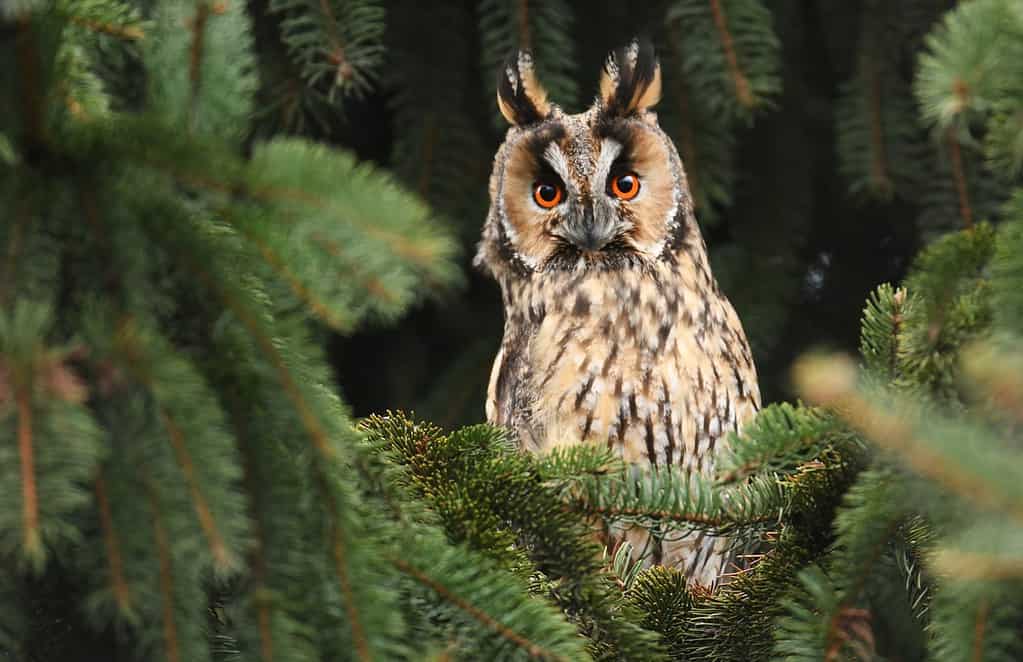
The coloration of the long-eared owl’s feathers gives them excellent camouflage.
©Piotr Krzeslak/Shutterstock.com
Although some people might mistake long-eared owls for great horned owls, long-eared owls are much more challenging to spot. This species is noticeably smaller and primarily nocturnal. Winter is the best time to spot these owls as growing food scarcity may motivate them to begin hunting during daylight hours.
7. Short-Eared Owl
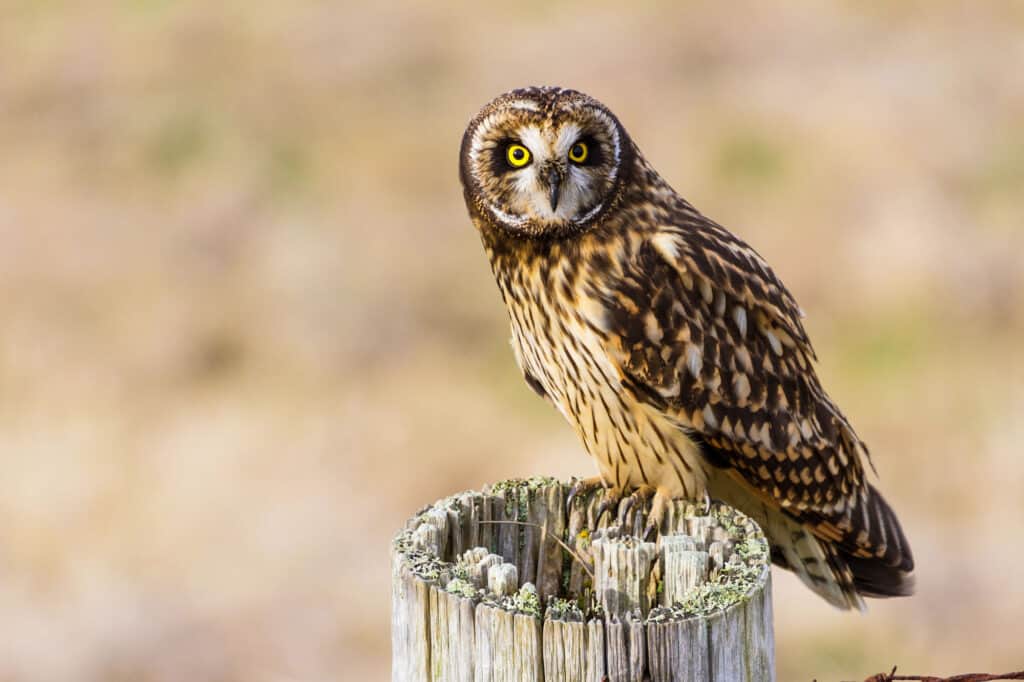
Unlike other owl species, the short-eared owl prefers to live in bogs instead of in forests.
©iStock.com/Devonyu
Equally as difficult to spot as the long-eared owl is the short-eared owl. However, unlike long-eared owls, short-eared owls are crepuscular hunters. Instead of hunting during the night, many hunt during partial daylight hours, such as dawn and twilight. This might slightly increase your odds of spotting one of these beautiful birds in the wild!
8. Eastern Screech Owl
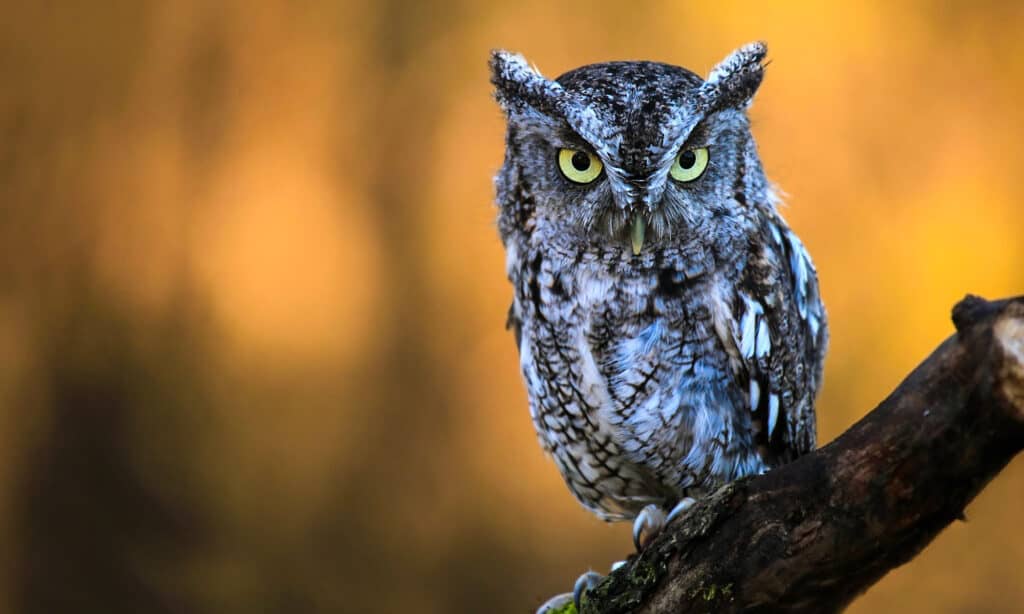
Eastern screech owls are monogamous, and many mate for life.
©mlorenz/Shutterstock.com
The eastern screech owl is common all across the United States, including Connecticut. They are relatively small in size, which makes them a target for larger predators. In order to avoid danger, eastern screech owls have moved from forested habitats into more urban areas, which gives people many opportunities to see them.
9. Great Horned Owl
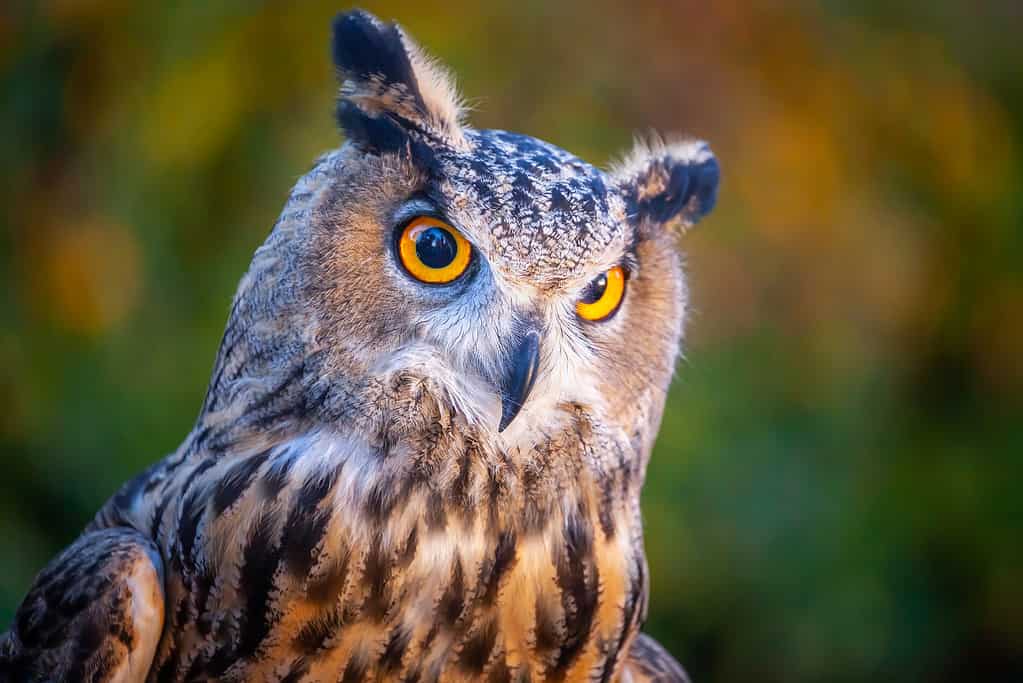
The “horns” of a great horned owl aren’t actually horns at all, they’re small feather tufts.
©agustavop/iStock via Getty Images
If you’re just getting into owl-spotting, the great horned owl is a wonderful bird with which to start your owl-observing career. These birds are abundant throughout the state. In addition, their large size and iconic “horns” make them easily recognizable, even from a distance. They live in a variety of different habitats, such as forests, cities, meadows, and coastal areas. However, they are primarily nocturnal, so the best time to spot one is during the night.
10. Honorable Mention: Non-Native Owls
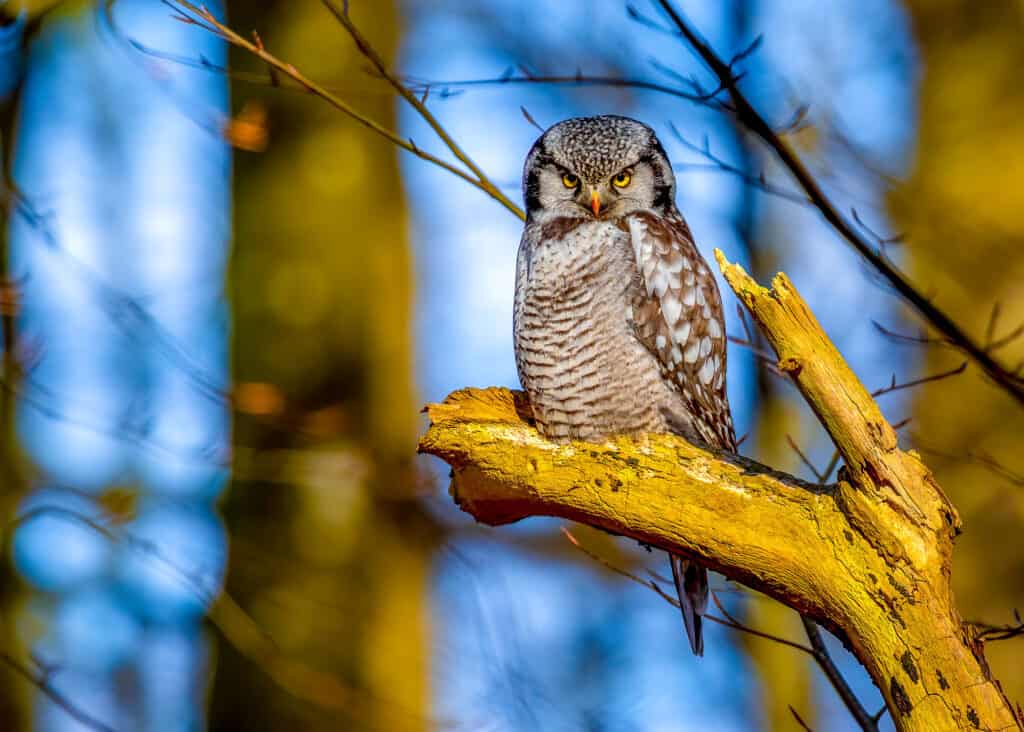
The northern hawk owl is a formidable predator.
©Svitlana Tkach/Shutterstock.com
Many owls that are not native to the state of Connecticut pass through every so often, which makes them a pretty rare sight. Owls such as the burrowing owl and the northern hawk owl are two of these such visitors. Spotting one will be easier during the migratory periods, so try to research when these occur so you can plan accordingly. For the best chance to see any of these beautiful animals, try joining a local bird-watching group!
| Owl Species | Difficulty to Spot |
|---|---|
| Great horned owl, eastern screech owl | Relatively easy |
| Short-eared owl, long-eared owl, barn owl | Somewhat difficult |
| Northern saw-whet owl, snowy owl, boreal owl, great gray owl | Challenging |
The photo featured at the top of this post is © Lynn_Bystrom/iStock via Getty Images
Thank you for reading! Have some feedback for us? Contact the AZ Animals editorial team.




